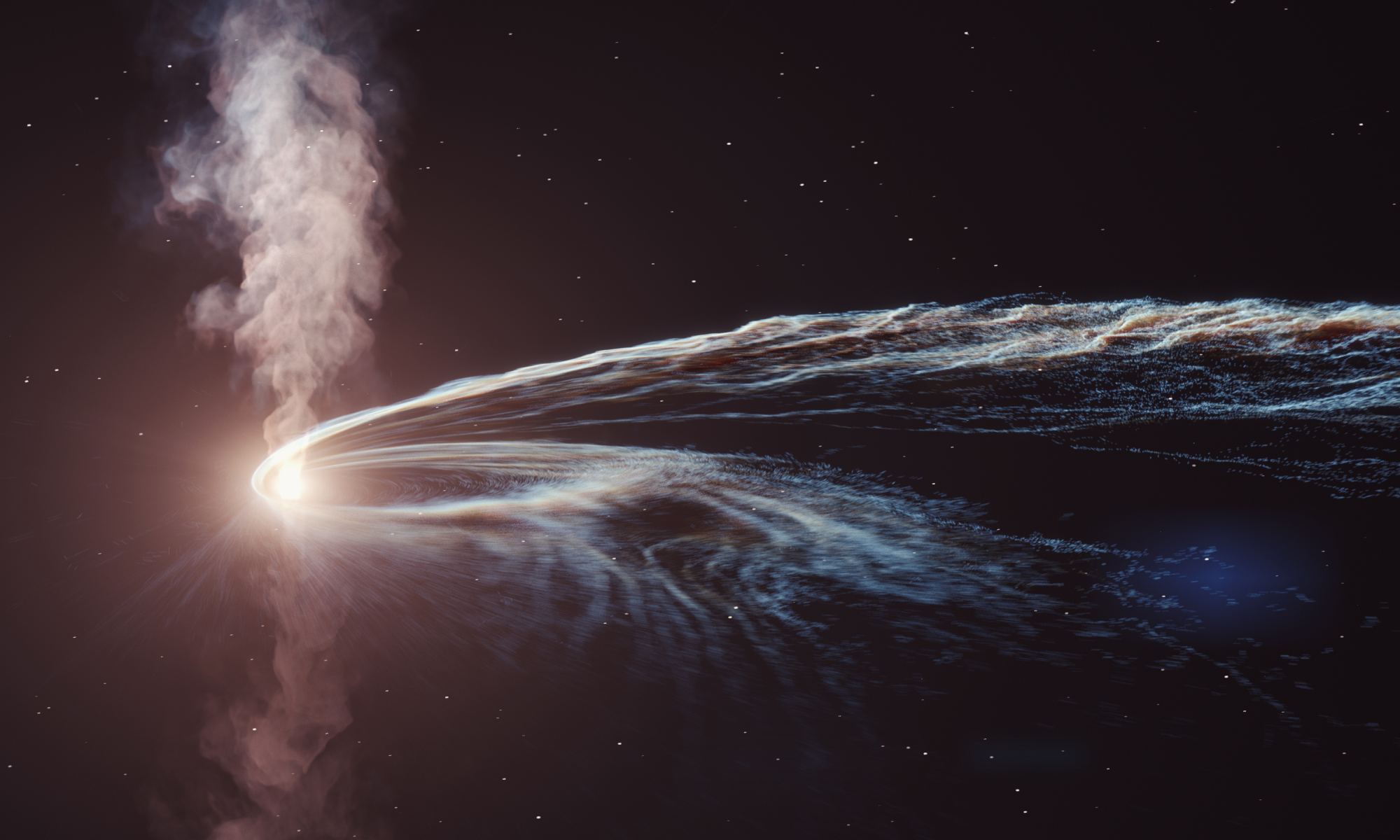Satellite internet constellations such as Starlink have the potential to make connect nearly the entire world. Starlink already provides internet access to remote areas long excluded by the internet revolution, and other projects such as OneWeb and Project Kuiper are in the works. But there are side effects to creating a massive array of low-orbit satellites, and one of them is the potentially serious effect on astronomy.
Continue reading “Astronomers Map out the Radio Waves Coming From Large Satellite Constellations”Not All Type 1a Supernovae are Created Equally

Supernovae are brilliant explosions that can, for a time, outshine an entire galaxy. They come in two broad types: Type I and Type II. Type II supernovae are what are known as core-collapse supernovae. They occur when a massive dying star fuses ever heavier elements in its core until it runs out of energy options and its core collapses under its own weight, which triggers the explosion. Type I supernovae occur when…well, it’s complicated. But we’re learning more thanks to a new observation by radio astronomers.
Continue reading “Not All Type 1a Supernovae are Created Equally”A 500-Meter-Long Asteroid Flew Past Earth, and Astronomers Were Watching
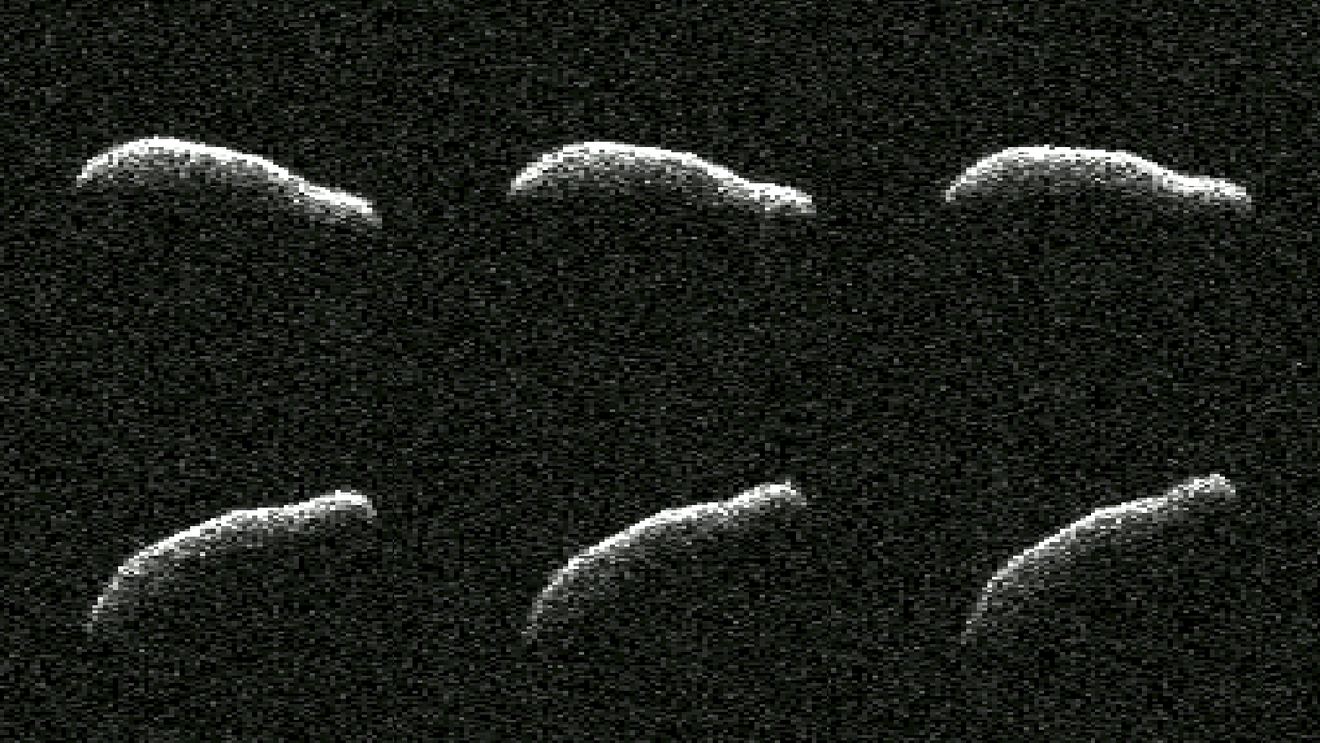
An asteroid the size of the Empire State Building flew past Earth in early February, coming within 1.8 million km (1.1 million miles) of our planet. Not only is it approximately the same size as the building, but astronomers found the asteroid – named 2011 AG5 — has an unusual shape, with about the same dimensions as the famous landmark in New York City.
“Of the 1,040 near-Earth objects observed by planetary radar to date, this is one of the most elongated we’ve seen,” said Lance Benner, principal scientist at JPL who helped lead the observations, in a JPL press release.
This extremely elongated asteroid has a length-to-width ratio of 10:3.
Continue reading “A 500-Meter-Long Asteroid Flew Past Earth, and Astronomers Were Watching”The World's Largest Radio Telescope Just Scanned 33 Exoplanets for a Signal From Aliens

The Five-hundred-meter Aperture Spherical Telescope (FAST), located in China, is currently the world’s largest and most sophisticated radio observatory. While its primary purpose is to conduct large-scale neutral hydrogen surveys (the most common element in the Universe), study pulsars, and detect Fast Radio Bursts (FRBs), scientists have planned to use the array in the Search for Extraterrestrial Intelligence (SETI). Integral to this field of study is the search for technosignatures, signs of technological activity that indicate the presence of an advanced civilization.
While many potential technosignatures have been proposed since the first surveys began in the 1960s, radio transmissions are still considered the most likely and remain the most studied. In a recent survey, an international team of SETI researchers conducted a targeted search of 33 exoplanet systems using a new method they call the “MBCM blind search mode.” While the team detected two “special signals” using this mode, they dismissed the idea that they were transmissions from an advanced species. Nevertheless, their survey demonstrated the effectiveness of this new blind mode and could lead to plausible candidate signals in the future.
Continue reading “The World's Largest Radio Telescope Just Scanned 33 Exoplanets for a Signal From Aliens”Astronomers are Working on a 3D map of Cosmic Dawn
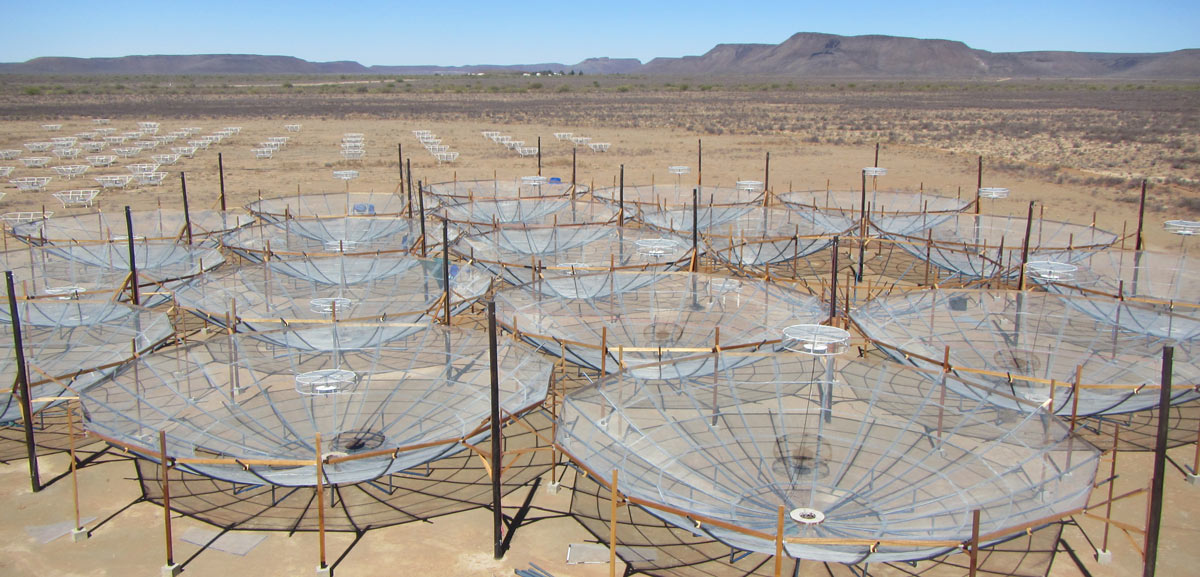
The frontiers of astronomy are being pushed regularly these days thanks to next-generation telescopes and scientific collaborations. Even so, astronomers are still waiting to peel back the veil of the cosmic “Dark Ages,” which lasted from roughly 370,000 to 1 billion years after the Big Bang, where the Universe was shrouded with light-obscuring neutral hydrogen. The first stars and galaxies formed during this same period (ca. 100 to 500 million years), slowly dispelling the “darkness.” This period is known as the Epoch of Reionization, or as many astronomers call it: Cosmic Dawn.
By probing this period with advanced radio telescopes, astronomers will gain valuable insights into how the first galaxies formed and evolved. This is the purpose of the Hydrogen Epoch of Reionization Array (HERA), a radio telescope dedicated to observing the large-scale structure of the cosmos during and before the Epoch of Reionization located in the Karoo desert in South Africa. In a recent paper, the HERA Collaboration reports how it doubled the array’s sensitivity and how their observations will lead to the first 3D map of Cosmic Dawn.
Continue reading “Astronomers are Working on a 3D map of Cosmic Dawn”Astronomers Find 25 Fast Radio Bursts That Repeat on a Regular Basis
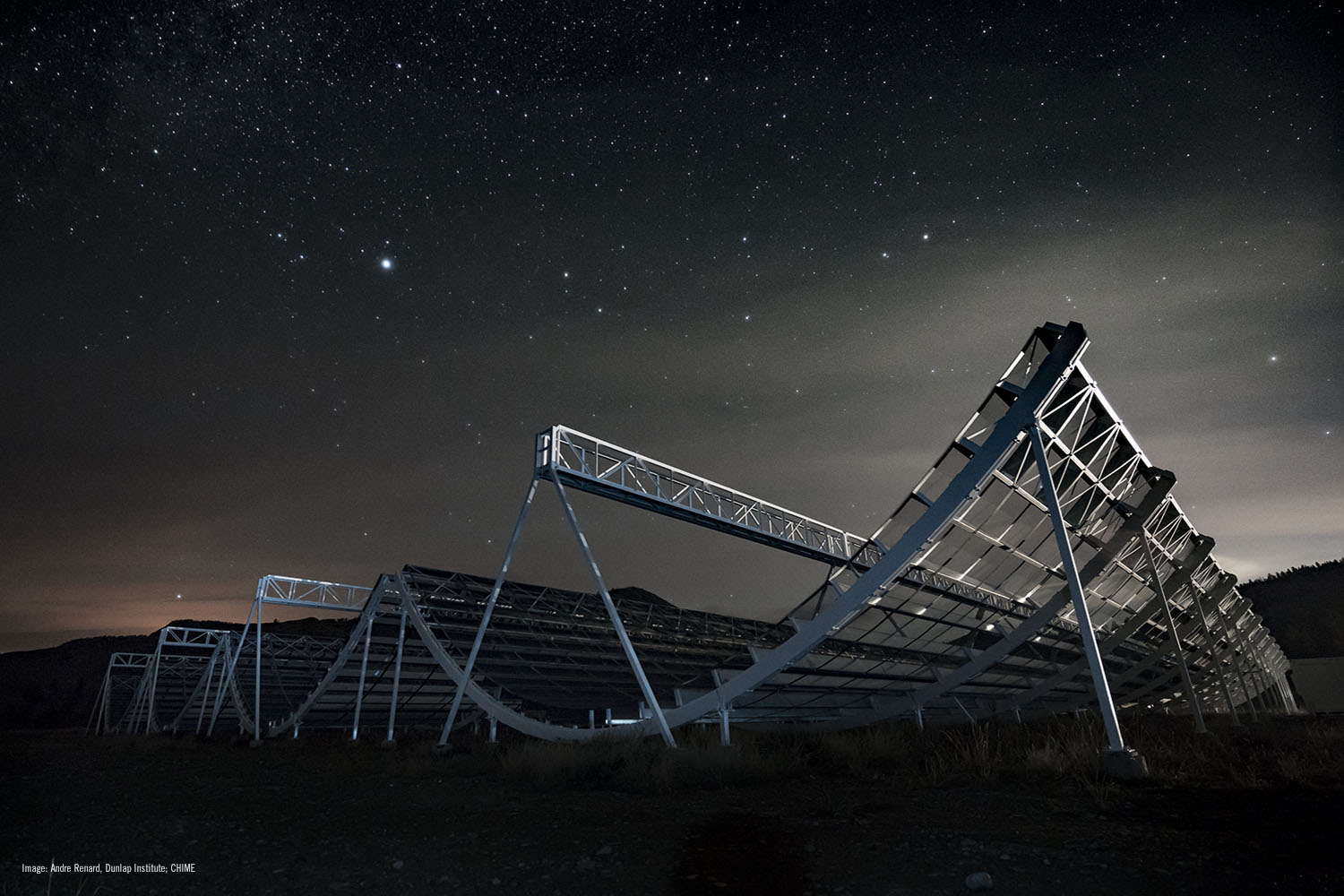
Like Gravitational Waves (GWs) and Gamma-Ray Bursts (GRBs), Fast Radio Bursts (FRBs) are one of the most powerful and mysterious astronomical phenomena today. These transient events consist of bursts that put out more energy in a millisecond than the Sun does in three days. While most bursts last mere milliseconds, there have been rare cases where FRBs were found repeating. While astronomers are still unsure what causes them and opinions vary, dedicated observatories and international collaborations have dramatically increased the number of events available for study.
A leading observatory is the Canadian Hydrogen Intensity Mapping Experiment (CHIME), a next-generation radio telescope located at the Dominion Radio Astrophysical Observatory (DRAO) in British Columbia, Canada. Thanks to its large field of view and broad frequency coverage, this telescope is an indispensable tool for detecting FRBs (more than 1000 sources to date!) Using a new type of algorithm, the CHIME/FRB Collaboration found evidence of 25 new repeating FRBs in CHIME data that were detected between 2019 and 2021.
Continue reading “Astronomers Find 25 Fast Radio Bursts That Repeat on a Regular Basis”Arecibo Studied 191 Asteroids That Flew Past the Earth. All the Data are Available in a new Paper
Even from beyond the grave, Arecibo is still contributing to new discoveries. Back in October, researchers released a “treasure trove of data” from what was then the world’s most powerful radio telescope on the radar signatures of near-Earth asteroids (NEAs). Not only will these observations help defend the planet if any of those asteroids happen to be hazardous, but they can also help the burgeoning asteroid mining industry scan for targets.
Continue reading “Arecibo Studied 191 Asteroids That Flew Past the Earth. All the Data are Available in a new Paper”Just Four Robots Could Deploy a Huge Radio Telescope on the Far Side of the Moon
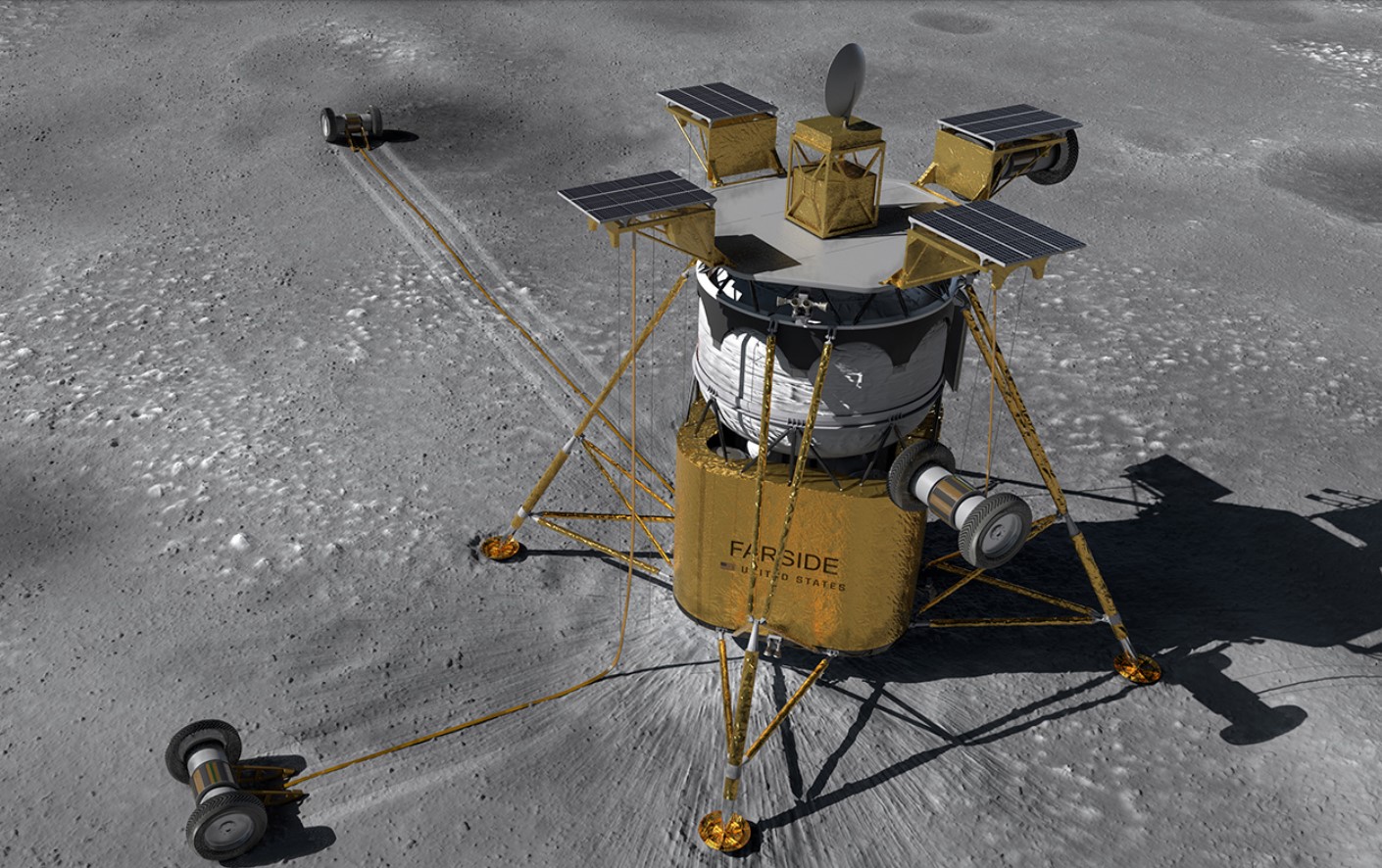
For decades, astronomers have advocated building radio telescopes on the far side of the Moon. This “radio-quiet” zone always faces away from Earth and would provide the perfect location to study a variety of astronomical phenomena that can’t be observed in low radio frequencies from our planet, or even by Earth-orbiting space telescopes. But the costs and logistics of such a project have pushed most of these concepts to the realm of futuristic dreams.
But now a group of astronomers and engineers have worked out a concept for a radio telescope placed on the lunar far side that could be as large as 100 square kilometers across, and it could be deployed from a robotic lunar lander and four two-wheeled rovers.
Continue reading “Just Four Robots Could Deploy a Huge Radio Telescope on the Far Side of the Moon”A Black Hole Burps out Material, Years After Feasting on a Star
Originally predicted by Einstein’s Theory of General Relativity, black holes are the most extreme object in the known Universe. These objects form when stars reach the end of their life cycle, blow off their outer layers, and are so gravitationally powerful that nothing (not even light) can escape their surfaces. They are also of interest because they allow astronomers to observe the laws of physics under the most extreme conditions. Periodically, these gravitational behemoths will devoir stars and other objects in their vicinity, releasing tremendous amounts of light and radiation.
In October 2018, astronomers witnessed one such event when observing a black hole in a galaxy located 665 million light-years from Earth. While astronomers have witnessed events like this before, another team from the Harvard & Smithsonian Center for Astrophysics noticed something unprecedented when they examined the same black hole three years later. As they explained in a recent study, the black hole was shining very brightly because it was ejecting (or “burping”) leftover material from the star at half the speed of light. Their findings could provide new clues about how black holes feed and grow over time.
Continue reading “A Black Hole Burps out Material, Years After Feasting on a Star”One Exciting way to Find Planets: Detect the Signals From Their Magnetospheres
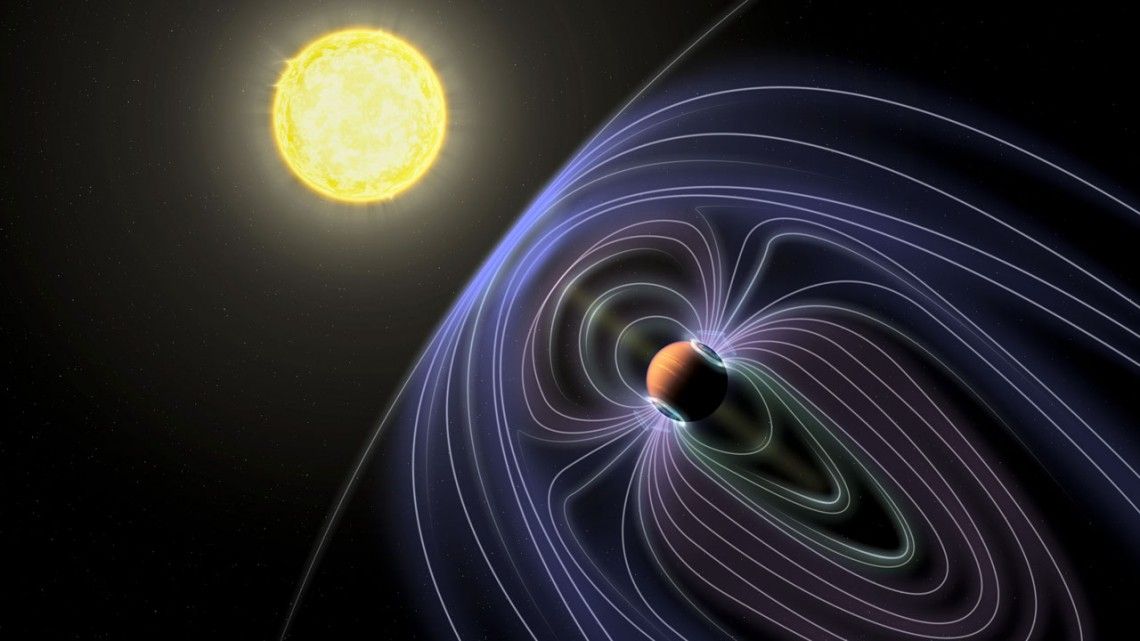
We have discovered thousands of exoplanets in recent years. Most have them have been discovered by the transit method, where an optical telescope measures the brightness of a star over time. If the star dips very slightly in brightness, it could indicate that a planet has passed in front of it, blocking some of the light. The transit method is a powerful tool, but it has limitations. Not the least of which is that the planet must pass between us and its star for us to detect it. The transit method also relies on optical telescopes. But a new method could allow astronomers to detect exoplanets using radio telescopes.
Continue reading “One Exciting way to Find Planets: Detect the Signals From Their Magnetospheres”


